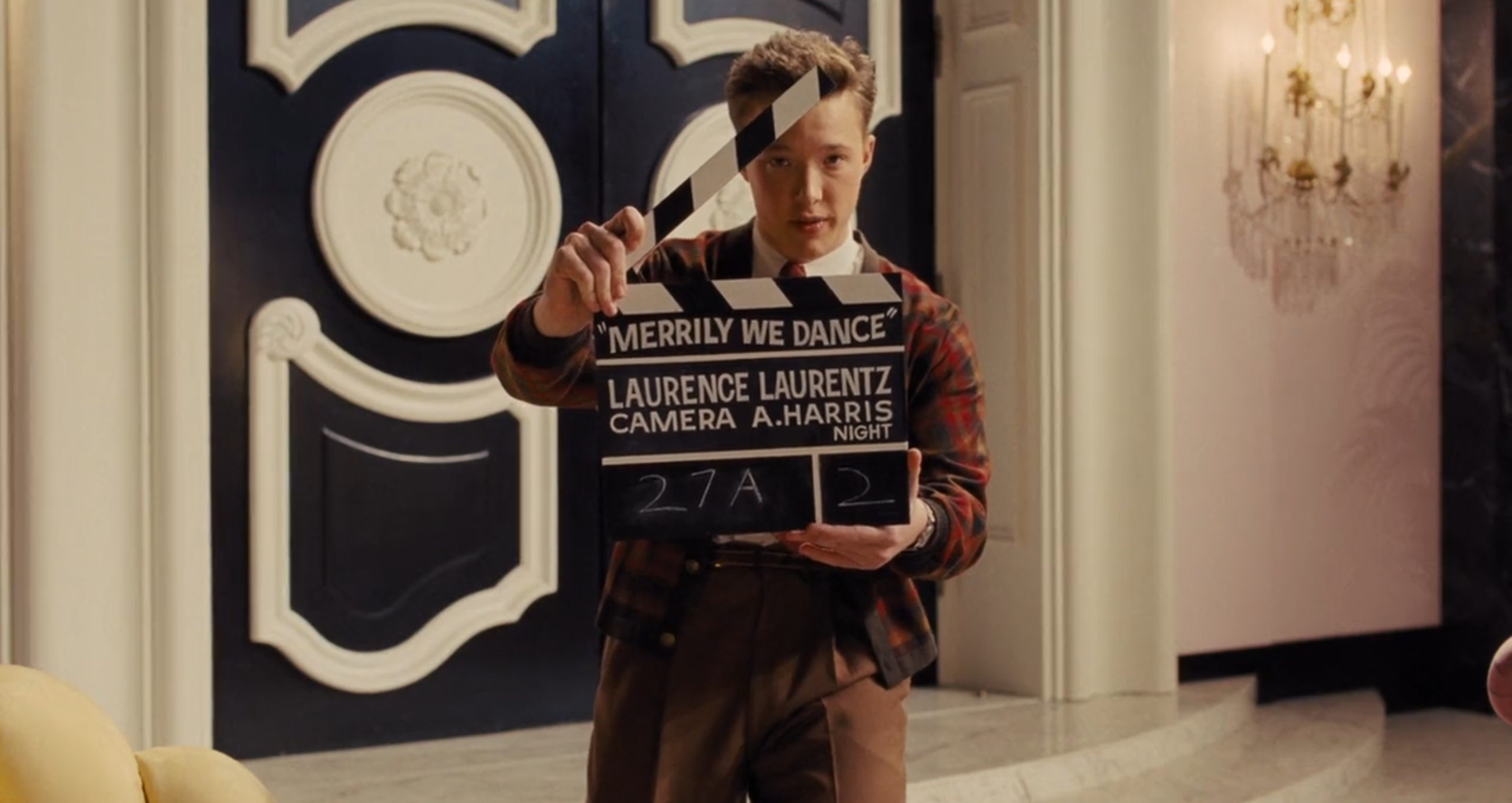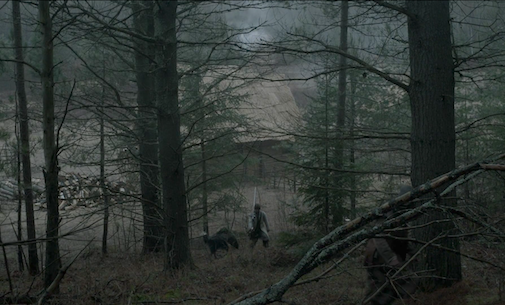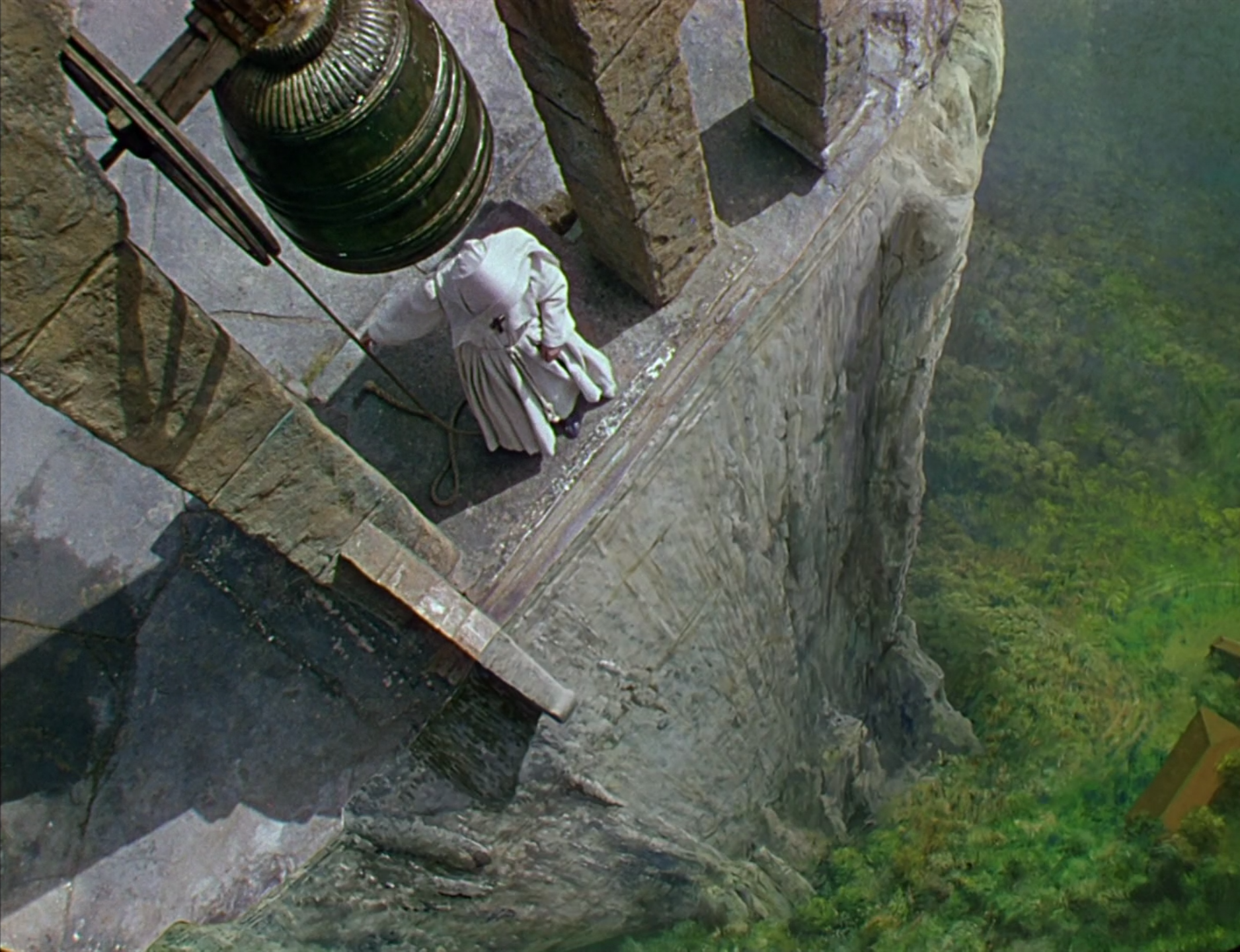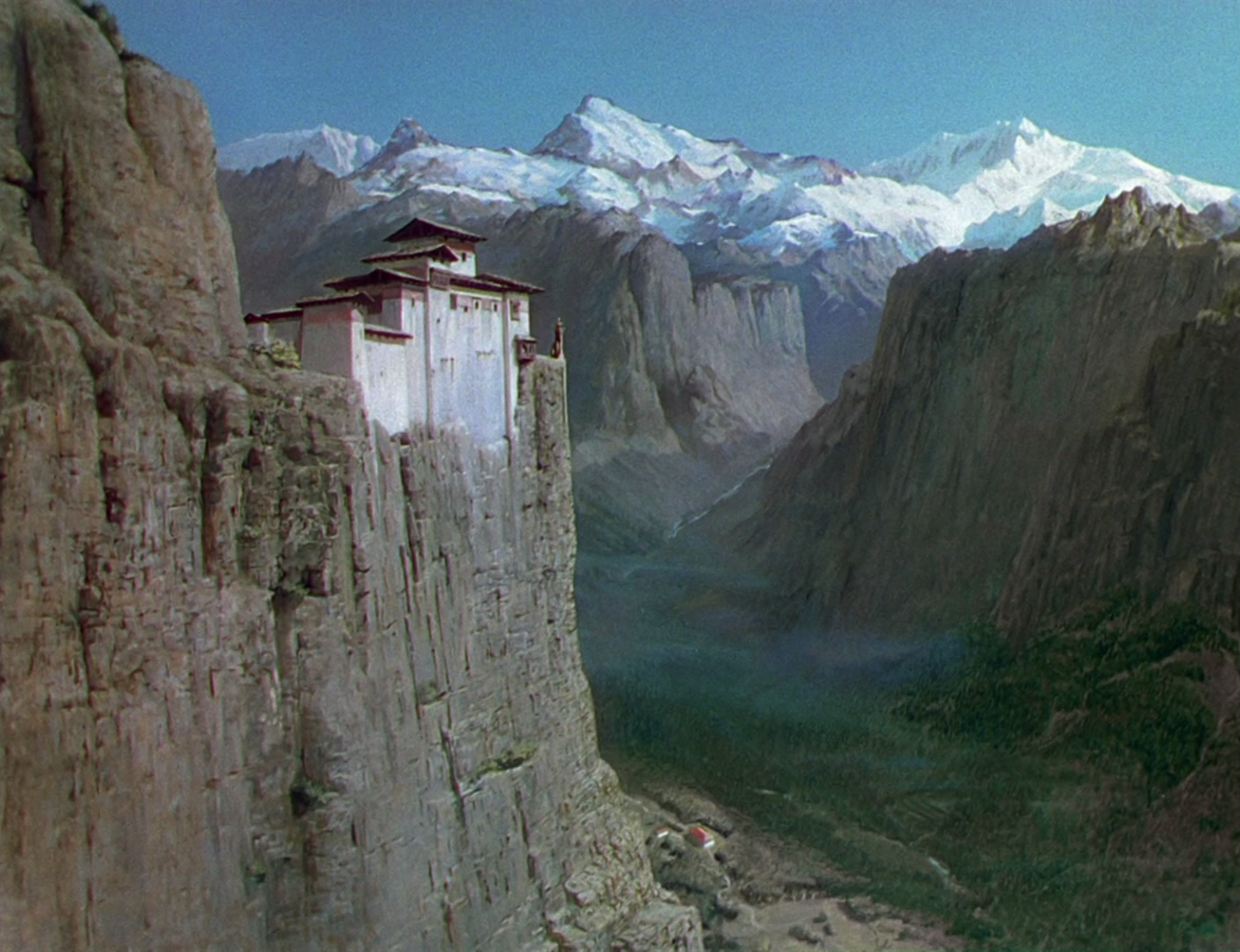The Furniture: Merrily We Dance in Hail Caesar!
 Monday, June 13, 2016 at 11:40AM
Monday, June 13, 2016 at 11:40AM "The Furniture" is our weekly series on Production Design. Here's Daniel Walber...

Hobie Doyle is out of his element. Tossed from the great outdoors into the drawing room by the head of the studio, Alden Ehrenreich’s cowboy careens into words with hilarious indelicacy. It might be the single funniest scene in the Coen Brothers’ Hail Caesar!, now available on DVD and Blu-Ray, or at least a close second place to the hysterical clerical debate. It also has one of the most interesting sets, if not the flashiest.
The production in question is "Merrily We Dance," a genteel comedy by the director Laurence Laurentz (Ralph Fiennes). A hodge-podge of George Cukor and Noel Coward, he stands in for the not-quite-closeted geniuses of the era. The film, which seems to fall somewhere between Private Lives and Dinner at Eight, sends a jilted lover to an upscale party from which the hostess has absconded to Lake Onondaga...










